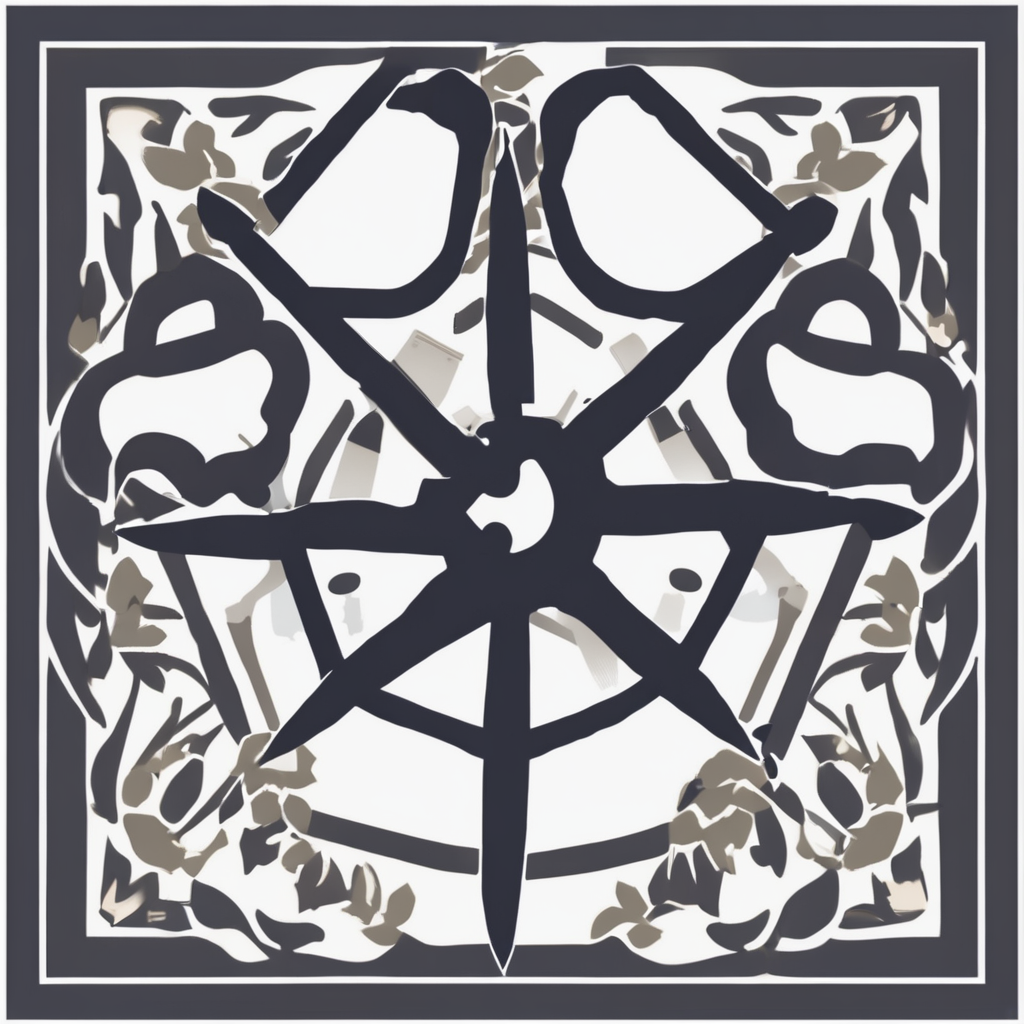Impact of Historical Events on UK Women’s Fashion
Historical influences on UK fashion have profoundly shaped women’s style through distinctive eras such as the Victorian, Edwardian, and post-war periods. The Victorian era emphasized modesty and elaborate detailing, with corsets and layered garments defining women’s fashion history UK. Moving into the Edwardian period, styles became slightly more relaxed, yet still formal, reflecting social structures and evolving technological advances in textiles.
A pivotal transformation occurred during the world wars, which drastically reshaped women’s dress and societal roles. Practicality became essential; women exchanged restrictive garments for simplified clothing suited to wartime work and independence. This shift not only influenced fabric choices but also democratized fashion access. Post-war Britain saw a revival in femininity and luxury, highlighting contrasts from the austerity of earlier years while embedding the ideals of resilience.
Key fashion eras repeatedly redefined UK women’s style choices by blending tradition with innovation. Each period’s unique social and political challenges left legacies visible in design, silhouette, and fabric use. Understanding these historical influences on UK fashion clarifies how women’s fashion history UK continuously adapts, balancing heritage with forward-looking trends. This nuanced evolution informs contemporary style, connecting past and present thoughtfully.
Influence of Immigration and Multiculturalism
Multicultural fashion UK has become a vibrant force, reshaping the landscape of women’s fashion history UK. Immigration influence on UK style brings rich diversity through the Afro-Caribbean, South Asian, and Eastern European communities, each contributing unique textiles, patterns, and clothing styles. For example, bold African prints and intricate South Asian embroidery have transitioned from ethnic dress to mainstream UK wardrobes, highlighting the seamless blending of cultures.
Ethnic diversity in UK fashion isn’t limited to clothing alone; it extends to celebrating cultural heritage through festivals and diasporic communities. Events such as Caribbean carnivals or Diwali celebrations visually inspire designers and influence popular trends across key fashion eras. This dynamic integration offers UK women a broader palette of style choices, reflecting a globalized society.
The immigration influence on UK style also fosters innovation by merging traditional elements with contemporary Western silhouettes. This results in hybrid fashions that honor history while appealing to modern tastes. Thus, multicultural fashion UK acts as a living archive and engine of creativity within the evolving UK women’s fashion history, proving that diverse influences enhance rather than dilute the fashion identity.


